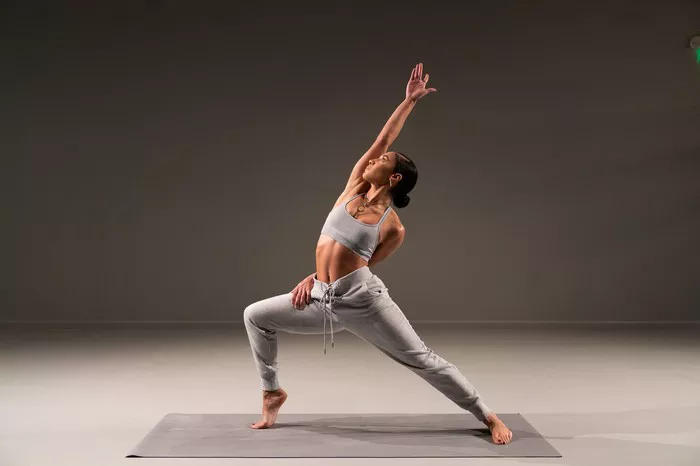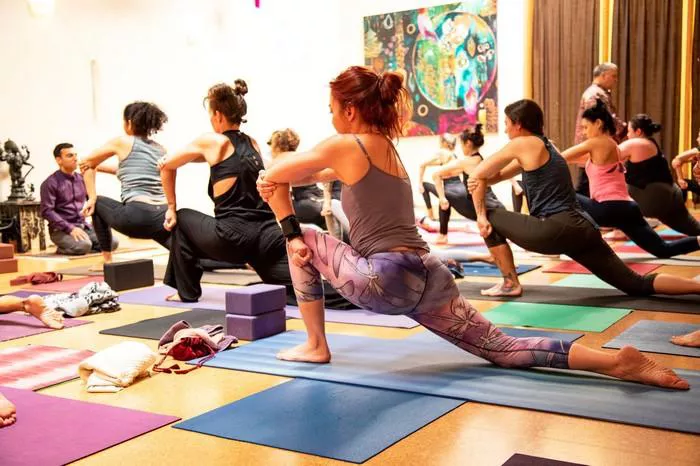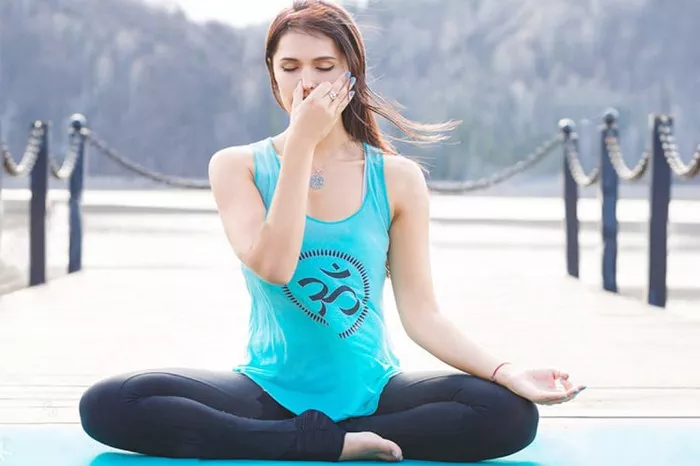In recent years, the world of yoga has seen a surge in innovative variations and hybrid practices, catering to diverse preferences and demographics. Among these, Trap Yoga stands out as a unique fusion, blending the ancient discipline of yoga with the contemporary beats and vibes of trap music. This article delves into the essence of Trap Yoga, examining its origins, key elements, practice techniques, and its growing popularity in modern wellness culture.
Origins of Trap Yoga
Trap Yoga finds its roots in the dynamic intersection of yoga and hip-hop culture. The term “trap” originally referred to a style of Southern hip-hop music characterized by its heavy bass lines, rapid beats, and gritty lyrics, reflecting the experiences of urban life. Emerging in the early 2000s, trap music gained widespread popularity, influencing various aspects of popular culture, including fashion, dance, and language.
The concept of Trap Yoga was conceived by seasoned yoga instructor and entrepreneur, Britteny Floyd-Mayo, popularly known as “Brittany B.” Drawing inspiration from her own experiences as a yoga practitioner and her love for hip-hop music, Brittany B sought to create a space where individuals could engage in yoga while embracing the raw energy and authenticity of trap music.
Key Elements of Trap Yoga
At its core, Trap Yoga retains the fundamental principles of traditional yoga, such as breath control, mindfulness, and physical postures (asanas). However, it infuses these elements with the rhythmic beats and urban aesthetic of trap music, creating a dynamic and unconventional yoga experience. Several key elements define the essence of Trap Yoga:
1. Music Selection: Central to the Trap Yoga experience is the carefully curated playlist of trap music tracks. These songs typically feature booming bass lines, energetic rhythms, and lyrics that resonate with themes of resilience, empowerment, and self-expression. The music serves not only as a backdrop for the practice but also as a catalyst for movement and immersion.
2. Movement and Flow: In Trap Yoga sessions, practitioners engage in a series of fluid movements and dynamic sequences, guided by the music’s tempo and mood. While traditional yoga classes may emphasize stillness and tranquility, Trap Yoga encourages participants to embrace their individuality and express themselves through movement. This may involve freestyle dance, vigorous vinyasa flows, or playful transitions between poses.
3. Inclusivity and Accessibility: One of the defining features of Trap Yoga is its inclusive and welcoming atmosphere. Unlike some traditional yoga spaces that may feel exclusive or intimidating, Trap Yoga classes often prioritize diversity, body positivity, and self-acceptance. Participants of all ages, backgrounds, and fitness levels are encouraged to join, fostering a sense of community and belonging.
4. Creative Expression: Trap Yoga encourages creative expression both on and off the mat. Practitioners are encouraged to infuse their practice with personal flair, whether through dance-inspired sequences, improvised movements, or vocal affirmations. This emphasis on self-expression cultivates a sense of empowerment and authenticity, allowing individuals to connect more deeply with themselves and their practice.
Practice Techniques and Methodology
While the overall vibe of Trap Yoga may differ from traditional yoga classes, the underlying techniques and methodologies remain rooted in yogic principles. Here are some common practices and techniques found in Trap Yoga sessions:
1. Breath Awareness: Like traditional yoga, Trap Yoga places a strong emphasis on breath awareness (pranayama). Practitioners are encouraged to synchronize their breath with movement, using deep, rhythmic breathing to enhance concentration, calm the mind, and invigorate the body.
2. Asana Sequencing: While Trap Yoga may incorporate unconventional poses or variations, it typically follows a structured sequence of asanas designed to build strength, flexibility, and balance. Sequences may vary depending on the instructor’s style and the theme of the class, but they often include a mix of standing, seated, and supine poses, with options for modifications and advancements.
3. Mindfulness and Intention Setting: Before each Trap Yoga session, practitioners are invited to set intentions or affirmations for their practice. This mindfulness practice helps individuals cultivate clarity, focus, and purpose, guiding their movements with intention and awareness.
4. Cool Down and Savasana: As with traditional yoga classes, Trap Yoga sessions typically conclude with a period of relaxation and reflection. Practitioners are guided through a gentle cool-down sequence, followed by Savasana (corpse pose), where they have the opportunity to integrate the benefits of their practice and experience deep relaxation.
The Popularity of Trap Yoga
In recent years, Trap Yoga has gained significant traction within the wellness community, attracting a diverse and enthusiastic following. Several factors contribute to its growing popularity:
1. Appeal to New Audiences: Trap Yoga’s fusion of yoga and hip-hop resonates with audiences who may feel disconnected from traditional yoga settings. By incorporating familiar elements of music, culture, and self-expression, Trap Yoga attracts individuals who seek a more dynamic and relatable approach to wellness.
2. Social Media and Digital Influence: The rise of social media platforms has played a pivotal role in amplifying the visibility of Trap Yoga. Yoga instructors and studios leverage platforms such as Instagram, TikTok, and YouTube to share glimpses of their classes, connect with followers, and build online communities. This digital presence has contributed to the spread of Trap Yoga beyond local studios and into global consciousness.
3. Wellness and Self-Care Trends: In an era marked by increasing stress, anxiety, and burnout, many individuals turn to wellness practices as a means of self-care and self-expression. Trap Yoga offers a refreshing and unconventional outlet for stress relief, empowerment, and personal growth, aligning with broader trends in holistic health and well-being.
4. Cultural Relevance and Representation: Trap Yoga serves as a cultural bridge, celebrating the rich diversity and creativity of hip-hop culture while honoring the ancient traditions of yoga. By creating inclusive and culturally relevant spaces, Trap Yoga addresses the need for representation and belonging within the wellness landscape, particularly for marginalized communities.
Conclusion
Trap Yoga represents a dynamic and innovative fusion of yoga and hip-hop culture, offering practitioners a unique blend of movement, music, and mindfulness. Rooted in yogic principles yet infused with urban flair, Trap Yoga transcends traditional boundaries, inviting individuals of all backgrounds to connect, express themselves, and find liberation on the mat. As its popularity continues to grow, Trap Yoga serves as a testament to the evolving nature of yoga and its ability to adapt to the diverse needs and preferences of modern practitioners.























